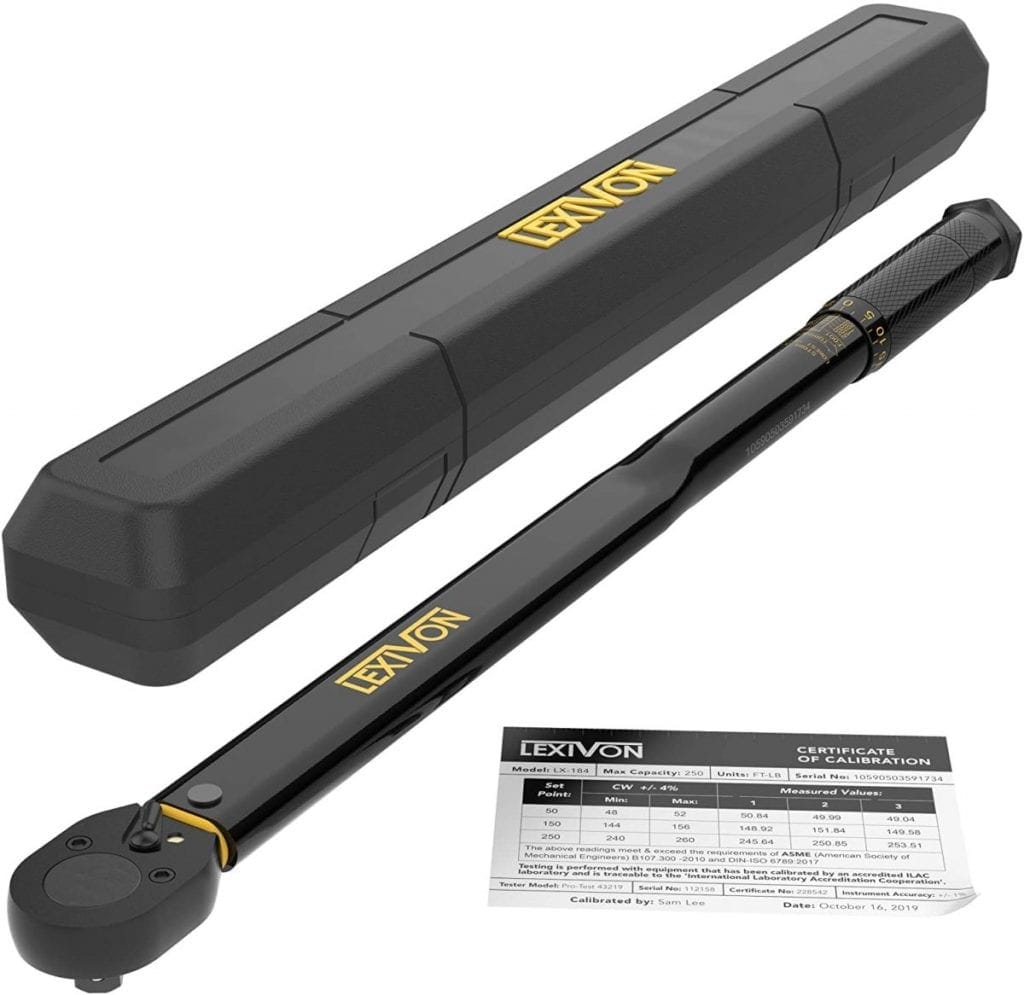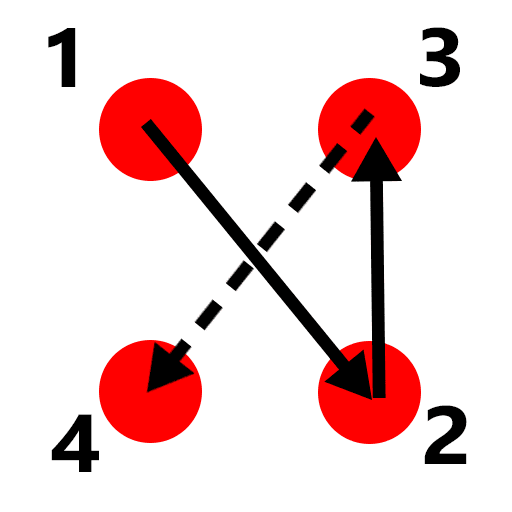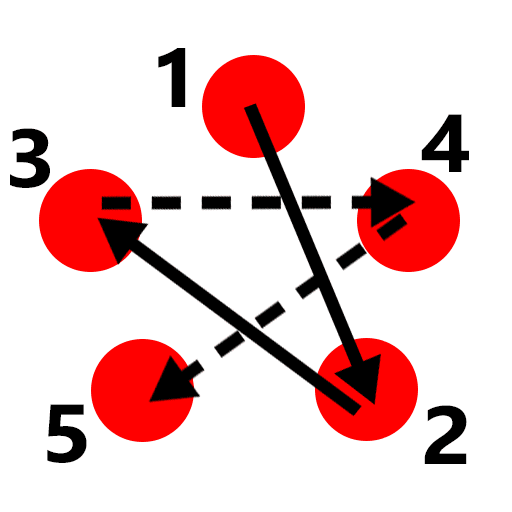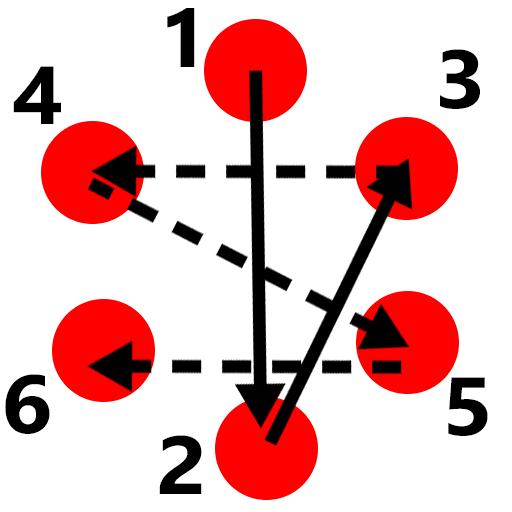Have you recently had new tires put on your vehicle? You may be asking should you tighten lug nuts after new tires. In short, the answer is yes. Although it is always best to consult with your car’s owner manual.
The engineers who created your car know every nut and bolt. Based on how they designed the car they have created a list of instructions on how to properly maintain your vehicle.
Why should you tighten lug nuts after new tires?

One of the worst things that can happen when driving a car is having a wheel fall off. It actually happens pretty frequently. In these scenarios the wheel can go flying. Sometimes the wheel can go into oncoming traffic which can be deadly.
In addition, you may lose control of your vehicle which can cause you to get into an accident. If you’ve ever had the wheels of a car worked on it’s best to re-torque them after a certain mileage. That mileage which can be 25 to 50 miles is specified in your owner’s manual.
When the tires are installed there is a chance that one of the lug nuts might not be tightened. While one loose lug nut won’t typically cause any problems it’s better to be safe than sorry.
In rare cases, lug nuts can loosen after so many miles so tightening the lug nuts after having new tires installed can ensure you that your tires are going to stay on. Tightening lug nuts is usually more of a precaution than a requirement. Although if your mechanic forgot to tighten your lug nuts enough it wouldn’t be bad to double-check.
By using a torque wrench you can tighten the wheels to the manufacturer’s specifications. This well assure you that your wheels are tight.
What is a torque wrench?

A torque wrench is a device that measures torque. More specifically it allows you to tighten nuts and bolts to a certain torque rating. Depending on your vehicle the torque rating can change. Most vehicles suggest torquing the wheels at 100ft/lbs.
It is always best to consult with your manual to see what your wheels should be torqued at. After you locate that number you can tighten your wheels.
How to use a torque wrench
Using a torque wrench you can tighten lug nuts after installing new tires. After you’ve located your torque rating for your specific vehicle you can start using the torque wrench.
First, you will want to make sure you have the correct socket size for your lug nuts. Vehicles have different lug nut sizes. Some have 19-millimeter lug nuts while some have 22-millimeters or even larger. After you have the correct size socket you can place it on the torque wrench.
Your torque wrench should have a dial to adjust the torque rating. Match the rating on the torque wrench with the one in your owner’s manual. From there you can place the torque wrench on the lug nuts and start tightening until you hear a click. As you turn righty-tighty you will hear an audible click which will tell you that you’ve reached the desired torque rating.
After that you can move onto the next lug nut. Please note that there are lug nut tightening patterns based on how many lug nuts your have.
What is a lug nut pattern?

A lug nut pattern is a specific order in which the lug nut should be tighteneded. If you didn’t follow a pattern the wheel would not be tightened evenly. This can cause issues with your wheel being loose.
By following your vehicle specific pattern you can have safely tightened lug nuts. By evenly tightening the lug nuts your wheel will be flush with the hub providing safety.
How to tighten a wheel with 4 lug nuts

If you have wheels with four lug nuts you should tighten in a crisscross pattern.
How to tighten a wheel with 5 lug nuts
If you have wheels with five lug nuts you should tighten in a star pattern.

How to tighten a wheel with 6 or more lug nuts

If you have more than 6 lug nuts you should be tightening in a crisscross pattern. This will make sure that you wheel tightens evenly.
Things to avoid
Under tightening
If you don’t tighten your lug nuts enough you run the risk of your wheel flying off. This can lead to a fatal crash for you or someone else. At minimum a loose wheel will cause a terrible driving experience. You may encounter vehicle shaking or wobbling. It’s best to make sure you are tightening the wheels to your manufacturer’s specifications.
Overtightening
On the other hand, overtightening lug nuts can lead to broken wheel studs. If you overtighten lug nuts they can break your studs completely off. If that’s the case you’ll have to spend money having new lug nuts installed. In addition when you take your car to the shop the next time the mechanic may have a difficult time taking off the nuts. They may just turn you away.
Using Lubricants
You should avoid lubricants when tightening lug nuts. While it may seem like positive thing to do it makes it easier to overtighten the lug nuts. It is the best practice to avoid lubricants when installing lug nuts.
Using the wrong socket size
Make sure you are using the correct socket size when you remove the lug nut. If the socket size is too large you can end up rounding off the lug nut. If that’s the case you may have a heck of a time removing the wheel.
You’ll probably have to invest in a lug nut removal kit. You might have to get your car towed to a mechanic just to get the lug nuts off. By using the correct size socket you can save yourself from a migraine.
In Closing
You should tighten lug nuts after new tires. After 25 or more miles your lug nuts can become loose. By double-checking that everything is secure you can drive with peace of mind.

Pingback: Does a flat tire need to be replaced? | Forged N Fast
Pingback: Lug Nuts Break Off While Driving (7 Reasons Explained + Fix) – VehicleChef